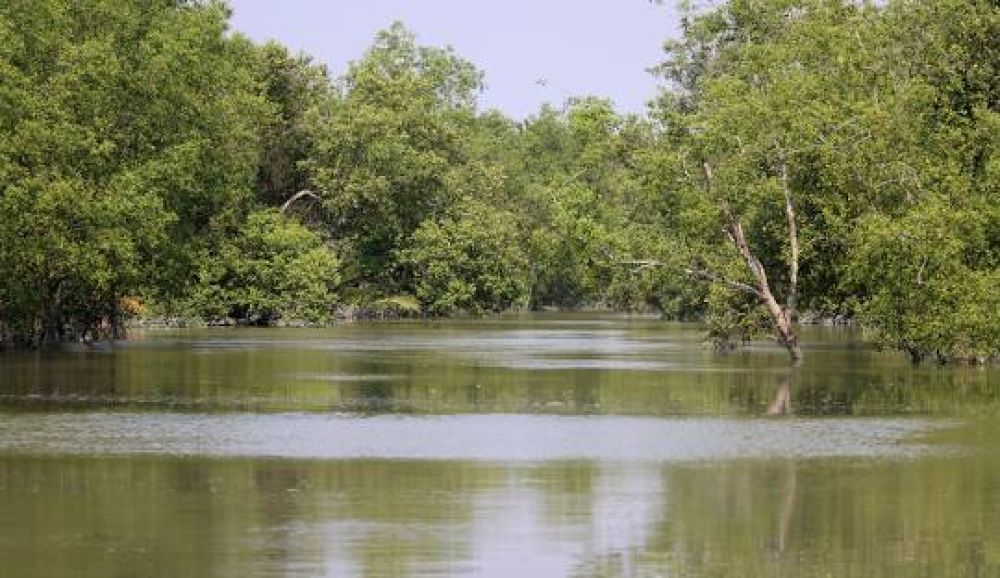

The Sundarbans is a natural wonder, recognized for its unique biodiversity and sprawling mangrove forest. Spanning across the southern region of Bangladesh and into Eastern India, this forest is one of the natural treasures of South Asia. The Sundarbans covers an area of about 10,000 square kilometers, with the majority lying within Bangladesh's territory.
The Early Years of Tourism
Tourism in the Sundarbans Mangrove Forest has historical roots that stretch back decades. Initially, it was the adventurers and researchers drawn to its exotic wildlife and untouched landscapes. Local visitors were also captivated by the forest’s beauty and the many myths and legends surrounding it.
The Growth of Organized Tourism
It was during the late 20th century that organized tourism began to take shape. The declaration of the Sundarbans as a UNESCO World Heritage Site in 1997 significantly boosted its international profile. Around this time, the government and private operators began offering guided tours, boat trips, and educational excursions into the forest's depths, catering to the growing interest from foreign and local tourists alike.
Infrastructure and Sustainability
Recognizing the ecological sensitivity of the Sundarbans, efforts have been taken to ensure that tourism development is sustainable. Infrastructure such as ecologically friendly lodges and regulated tour operations have been integral in minimizing the human footprint on the fragile ecosystem of the Sundarbans.
The area's appeal has also been bolstered by improved access and amenities, including transportation to and from the region, which has encouraged more visitors to explore the forest and its surroundings.
Latest Tourism Trends in the Sundarbans
In the contemporary travel landscape, ecotourism has become a profound trend around the world, and the Sundarbans is no exception. Tourists are increasingly drawn to the area for its exceptional biodiversity, including the famous Royal Bengal Tigers, spotted deer, and numerous species of birds and aquatic life.
Community-based tourism initiatives have also started to take root, offering travelers an opportunity to engage with local culture and traditions while ensuring that tourism benefits are distributed within the local community.
Additionally, adventure tourism has seen a rise in the region with more tour operators offering kayaking, jungle trekking, and bird watching experiences catered to nature enthusiasts and thrill-seekers.
With the shifting focus towards sustainability and responsible travel, the Sundarbans continues to allure tourists with its blend of natural beauty and commitment to conservation. Moving forward, the aim remains to balance tourism growth with ecological preservation, ensuring this majestic mangrove forest can be enjoyed by generations to come.